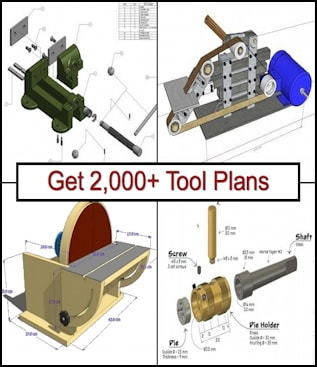
Originally Posted by
mklotz

I've found a workable, at least for me, way to stimulate the "blindingly obvious" breakthroughs in my designs.
After I've designed the device in my head, I consider each part separately, asking "what is the essence of this part". For example, the essence of the clamp body is "a long thing with regularly spaced holes". Once the essence is established I try to think of available objects that already satisfy that essence. If something occurs to me I consider if it could replace the object in my mental design that stimulated the search. Many times this leads to alterations in the design but that's all right as long as the final design is simpler or cheaper.


 LinkBack URL
LinkBack URL About LinkBacks
About LinkBacks



 Reply With Quote
Reply With Quote










Bookmarks